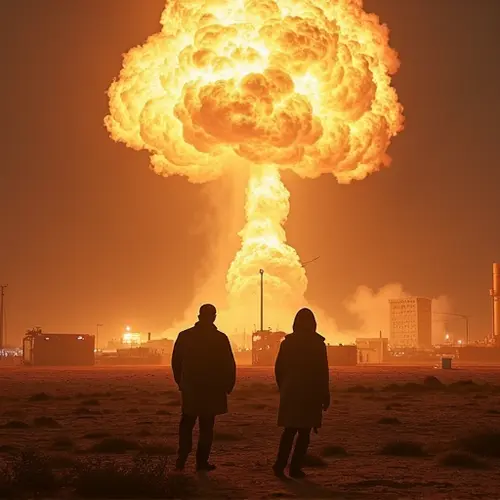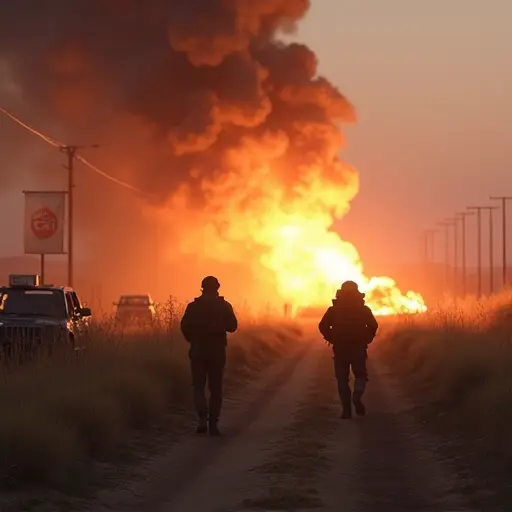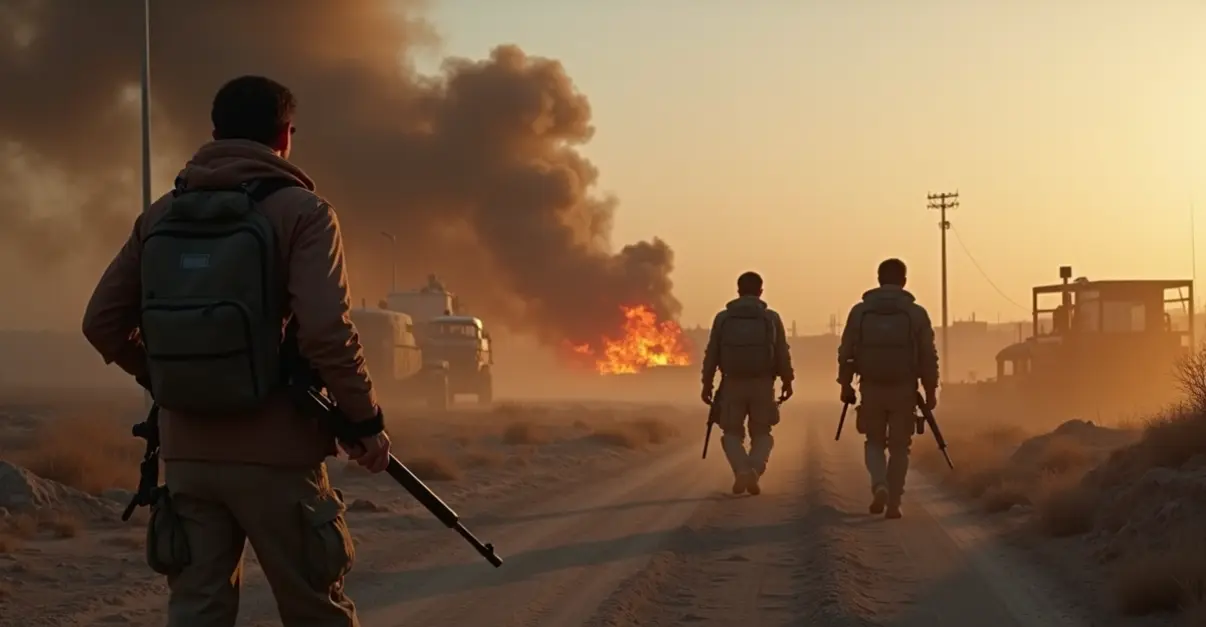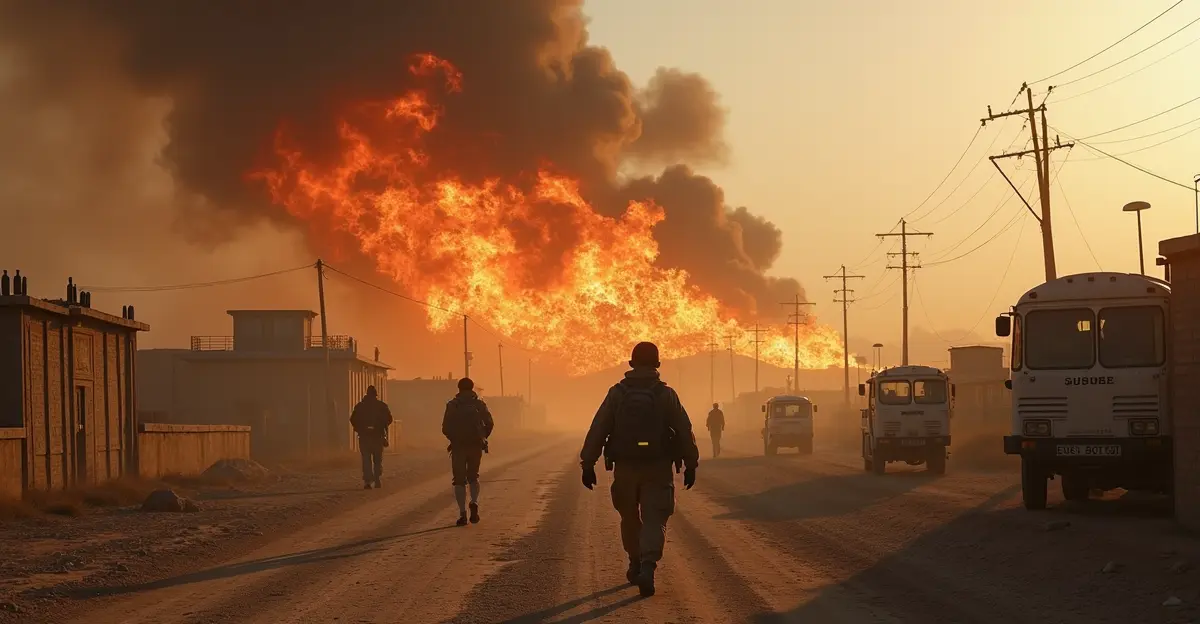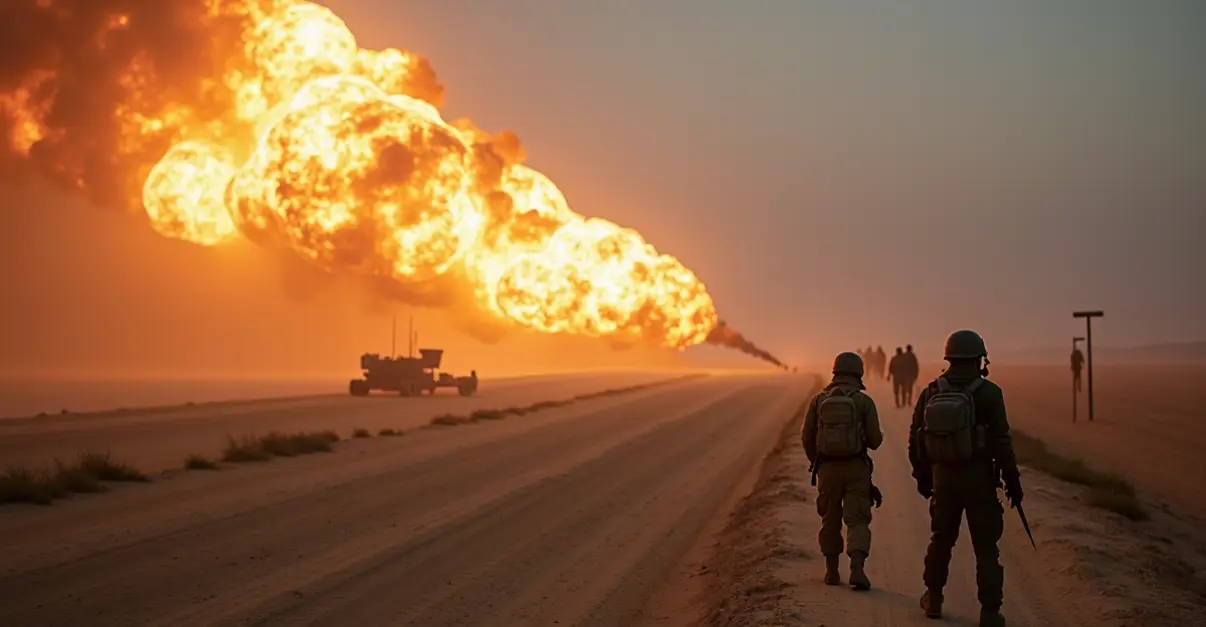The Iran-Israel conflict escalated dramatically in June 2025 with direct military strikes, extensive casualties, and nuclear facility targeting. International diplomatic efforts secured a fragile ceasefire amid regional instability.
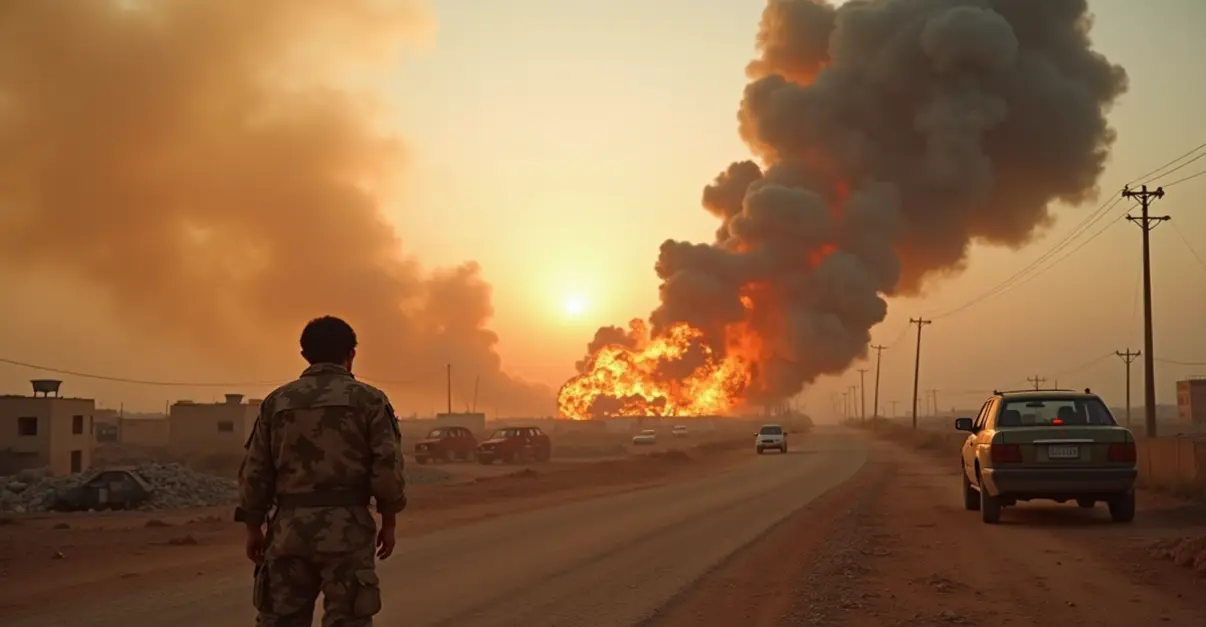
Direct Military Confrontation Reaches New Heights
The Middle East witnessed its most significant military escalation in decades as Israel and Iran engaged in direct conflict throughout June 2025, marking a dangerous departure from their long-standing proxy warfare. The conflict, which lasted from June 13 to June 24 and became known as the 'Twelve-Day War,' began with Israel's Operation Rising Lion - a massive surprise attack involving over 100 airstrikes targeting Iranian nuclear facilities, military installations, and senior commanders.
Devastating Human and Infrastructure Toll
The conflict exacted a heavy price on both nations. According to HRANA's comprehensive report, at least 5,665 casualties were recorded across 28 Iranian provinces, with 1,190 killed and 4,475 injured. Israeli forces conducted over 720 airstrikes targeting both military and civilian infrastructure, including nuclear facilities and hospitals. 'We've never seen such direct confrontation between these two powers,' said regional security analyst Dr. Sarah Cohen. 'The scale of destruction and civilian impact is unprecedented.'
Nuclear Facilities Become Primary Targets
The conflict centered heavily on Iran's nuclear program, with Israel viewing it as an existential threat. Israeli strikes extensively damaged nuclear facilities including the Natanz enrichment complex, though experts debate the actual delay caused to Iran's nuclear ambitions. 'The targeting of nuclear sites represents a significant escalation in this long-running conflict,' noted nuclear policy expert Mark Thompson. 'Both sides have crossed previous red lines.' The International Atomic Energy Agency had declared Iran non-compliant with nuclear obligations just before the conflict began, adding to the tension.
International Response and Diplomatic Efforts
The United Nations and world leaders scrambled to contain the crisis. UN political affairs chief Rosemary DiCarlo called the ceasefire a 'significant achievement' while warning that the window for reviving the nuclear deal was narrowing. US President Donald Trump brokered the ceasefire on June 23, though it quickly showed signs of strain as both sides accused each other of violations. 'The international community must push for sustainable de-escalation,' emphasized European Union foreign policy representative Maria Schmidt. 'Military action cannot provide lasting solutions.'
Regional Implications and Future Outlook
The conflict has sent shockwaves across the Middle East, affecting regional stability and international relations. Oil markets experienced significant volatility, while civilian populations faced displacement and humanitarian crises. The conflict also impacted Iran's large Afghan refugee population and triggered missile launches from Yemen. 'This escalation threatens to undo years of careful diplomacy in the region,' warned former ambassador James Wilson. 'The path forward requires careful negotiation and confidence-building measures.' Despite the ceasefire, both nations remain on high alert, with the potential for renewed conflict looming large over regional stability.

 Nederlands
Nederlands
 English
English
 Deutsch
Deutsch
 Français
Français
 Español
Español
 Português
Português




